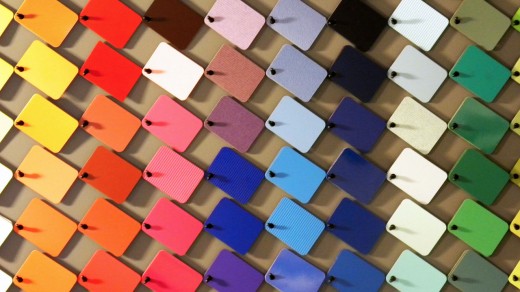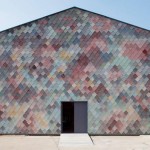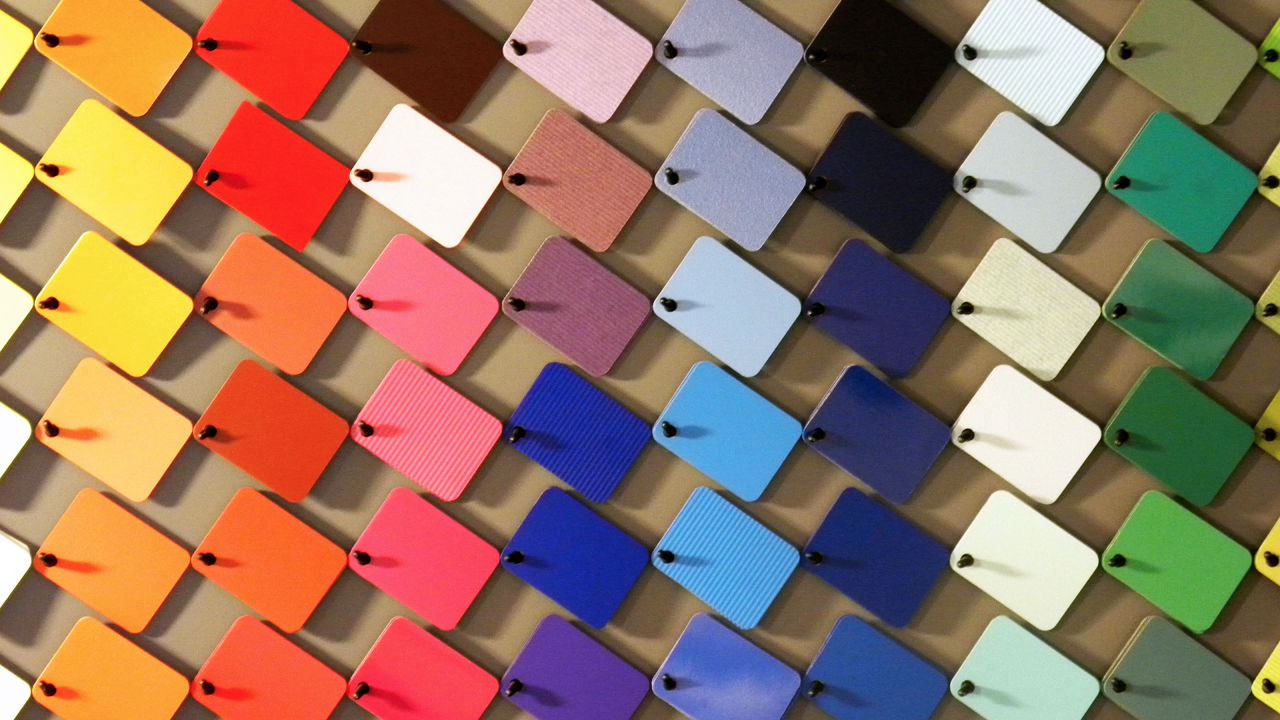Why You Should Never Paint Office Walls White
Research reveals how the color of our environment impacts our work. Here are the best (and worst) colors for any type of work.
White walls in a room might feel crisp and clean, like a blank slate, but if they’re in your workplace, it’s time to repaint. Color not only affects a person’s mood, but it can also hinder a worker’s effectiveness.
In a study from the University of Texas, researcher Nancy Kwallek tested the impact of color on productivity by giving three groups of people clerical tasks to complete in three different rooms, each painted a different color: red, white, and aqua. Some individuals, which Kwallek calls high-screeners, were able to block out the color “noise” of their surroundings, while others, low-screeners, were affected by it. The high-screeners had no difficulty working in the red room, while low-screeners tended to be distracted by the color. Both groups, however, made more errors when they worked in the white room.
“White doesn’t help us be productive, and most work environments are white, off-white, or gray,” says Kwallek, who suggests the sterile quality isn’t conducive to work. Aqua, however, is a good choice. “There have been studies that asked worker preference about environment and color, and the majority felt they liked to work in a blue or blue-green environment,” she says.
Colors can elicit a variety of emotions, affecting the mood and output of your staff. Here are some common paint-color choices and what you need to know to use them properly:
Red For The Detail-Oriented. A powerful color, red stimulates the pulse and can raise blood pressure. A study by the University of British Columbia (UBC) found that red can help increase performance in employees who have detail-oriented assignments.
Blue For Creative Types. Blue is calming. It promotes communication, trust, and efficiency. It also helps people with creativity by opening the mind to new ideas. In the workplace, blue would be a good color in a room that is used for brainstorming, suggests the UBC study.
Don’t Paint Conference Rooms Yellow. The color of optimism, yellow is stimulating. Too much of it, however, can cause anxiety, and studies show that people are more likely to lose their temper in yellow rooms, which might make it a bad choice for conference rooms.
Green For Inspiring Innovation. Similar to blue, green is a calming color that promotes harmony and balance. It also can enhance creative performance, according to a study published in the Personality and Social Psychology Bulletin. Green would be a good choice in an office where innovation is a key component.
Avoid Gray To Keep Morale Up. While gray is psychologically neutral, the color also lacks energy. It is suppressive and prepares people for hibernation, according to Colour Affects, a London-based color psychology consultant. Heavy use of gray can foster a lack of confidence and even depression. This color should be used in small amounts in an office and offset by a brighter color, such as red or yellow.
“We see 10 million colors,” says Kwallek. “And blue can be sky blue, midnight blue, or anything in between. Generalizations don’t usually hold, because when you look at any color, you can vary it by light and dark, by hue and by brightness and dullness,” she says. “At the end of the day, it goes back to how we individually respond to any kind of noise. It’s not the color per se; it’s how the person responds.”
But you should probably paint over the white walls just in case.
Fast Company , Read Full Story
(188)














